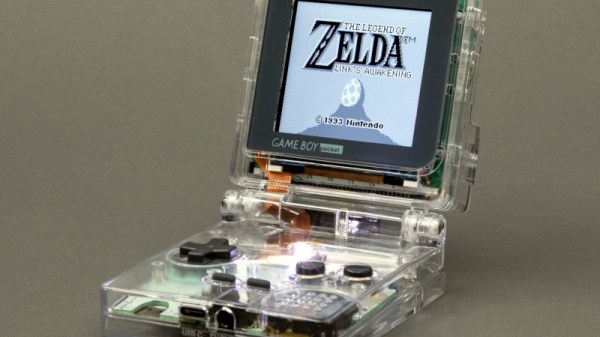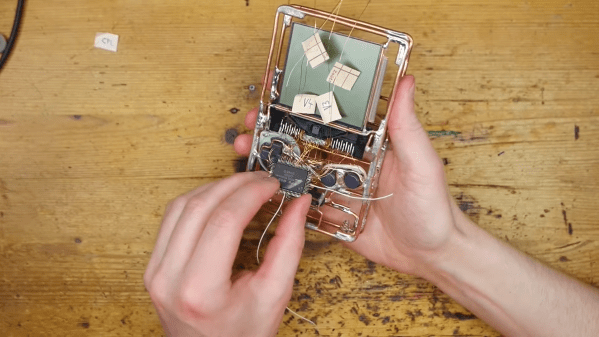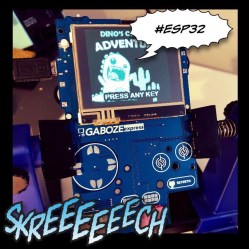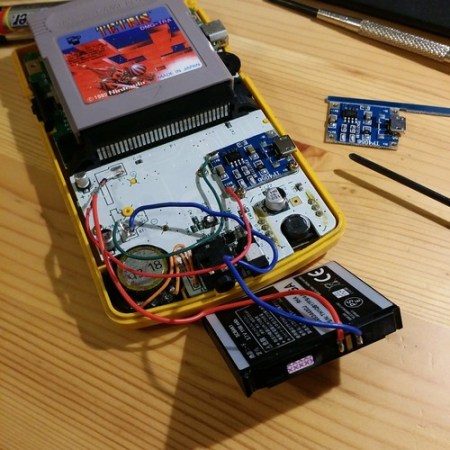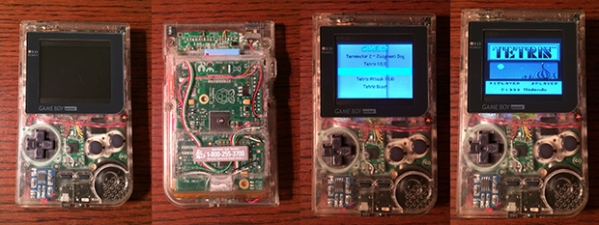The new hotness in mobile phones is it seems a hinge, and an ever-so-fragile flexible LCD display. There’s nothing new in a hinge of course, a couple of decades ago they were all the rage in feature phones, and of course Nintendo got in on the act with the ever-so-cute Game Boy Advance SP. This hinged design caught the attention of [Allison Parrish], who has brought it to an earlier generation of Game Boy with the Game Boy Pocket SP. It’s a late-1990s Game Boy Pocket whose PCB has been carefully cut in half, in a custom case that looks for all the world like the hinged case of the Advance SP.
The case is a neat bit of CAD work very nicely 3D printed and fitted with a set of Advance SP hinges, but perhaps the neatest part of this build is the se of a set of flexible PCBs to connect the two halves of the unit together. This looks for all the world as though it came this way from the factory, which is an achievement above many console mods.
The whole thing is a little lumpy compared to the SP to make space for the Pocket’s full-size cartridge, but not so much as to make it ugly. Any 1990s kid with one of these would have been the envy of all their classmates!
You may not be surprised to know that this isn’t the first respin of a Nintendo console into an SP-style case.

